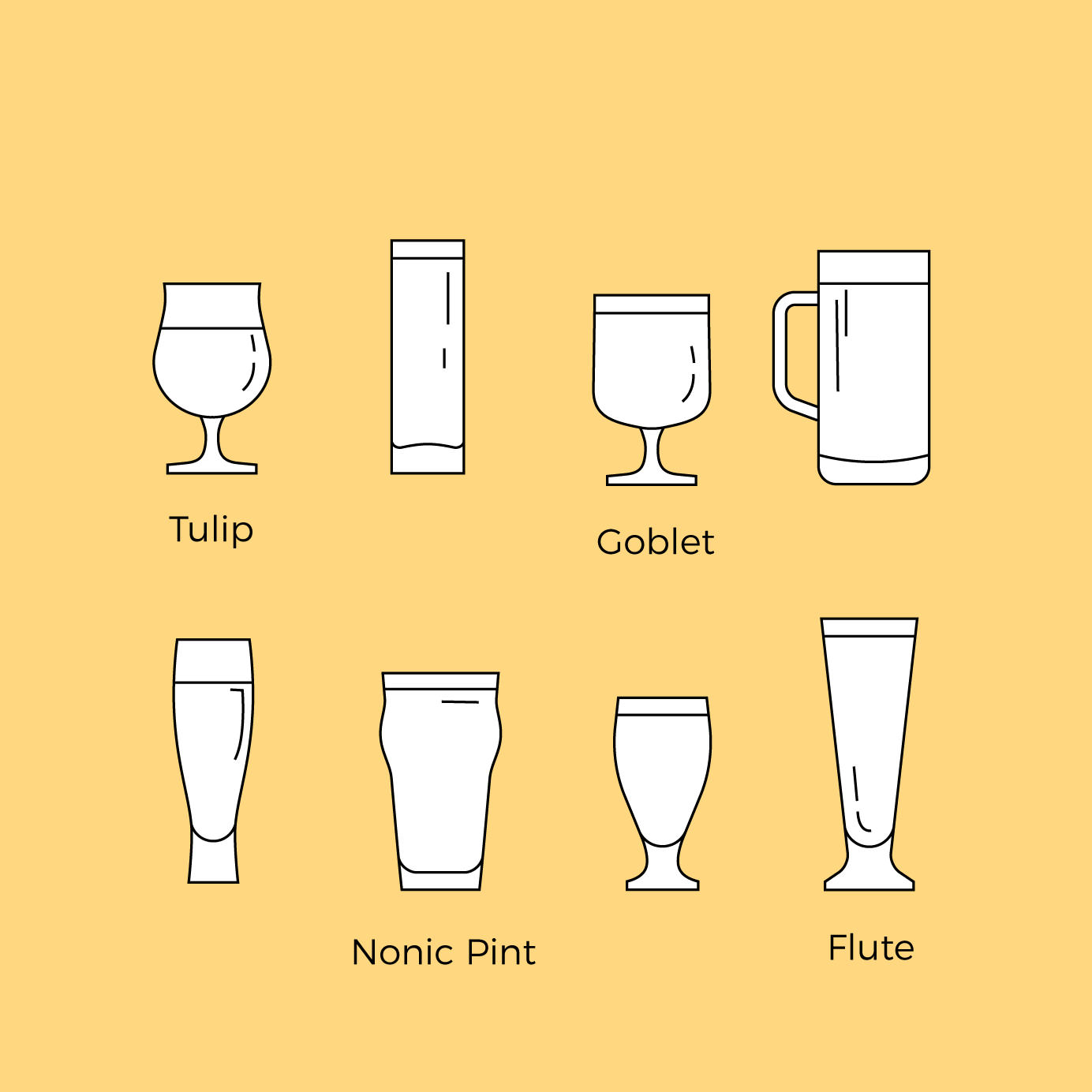Ever wonder what beer nerds are talking about when they say #properglassware? The concept isn’t new, and it’s not something that’s happening just because craft beer is “trendy.”
In Belgium, it has long been the practice of brewers and bartenders to serve each and every beer in its proper — and even properly branded — glassware. Look up, and you’ll see rows upon rows of sparkling stemware hanging from the ceiling above the bar, each spotless and anticipating its next perfect pour.
It’s true that beer can be enjoyed from a bottle, can, or pretty much any receptacle. (Except maybe shoes. Don’t be this guy.) (Although, come to think of it, drinking Champagne from women’s shoes was a common practice in the Roaring ’20s. But we digress…)
Once you get used to proper glassware, it’s hard to go back, because pouring beer into a glass sets it free. It can enhance your drinking experience in pretty much every way, from the visuals, to the aromas, to, ultimately, the taste.
With this guide, we’ve introduced what can take years for nerds to figure out in the wild: What beer styles are best enjoyed from which beer glasses? To make things easy, we’ve provided examples, where possible, of glassware we carry in our own shop. This isn’t a trick or a shameless plug; They’re Spiegelau. (Ask any beer expert or industry member, and they’ll tell you Spiegelau is legit. The German brand has been a leader and innovator in the glassware sector for a long time. In fact, its craft beer glasses in particular have won design awards such as the Red Dot Award and the IDEA Gold).
The next time your server asks you if you’d like your beer in a glass, say yes! And don’t be afraid to request a certain glass style, either. The shape of your beer glass matters. You’re not being snobby or rude; you’re being a smart, perfectly polite patron readying yourself for the best possible beer experience.
Lager and Pilsner
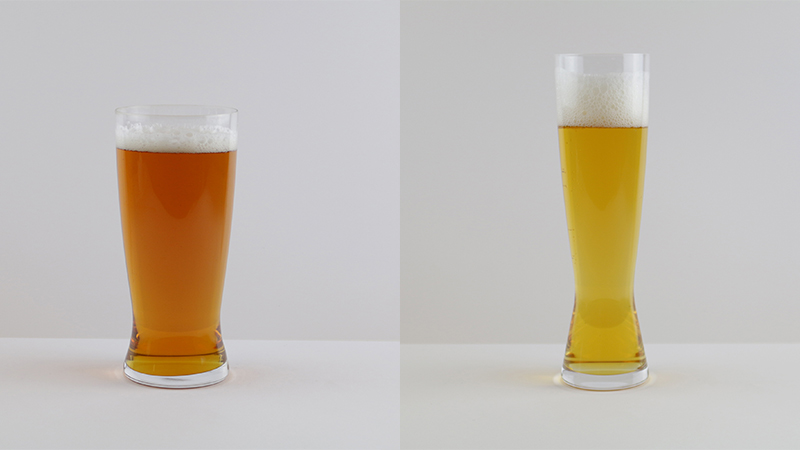
You might think you know this one: Mugs! Mugs have their time and place, and that is sloshing around at Oktoberfest. Any other time you’re drinking a lager or pilsner, you’re best served by a flute. When we say flute, we don’t mean a Champagne flute, which is actually terrible for drinking Champagne, but that’s another conversation. We mean a relatively small glass that has a conical shape, narrow at the bottom and opening up a bit at the top, showing off a lager’s clear, sparkling straw-gold color and allowing for a fluffy head. If you want to get extra nerdy (and trust us, you do), there are specifically designed pilsner glasses and lager glasses.
Hefeweizen (Weizenbier, Weissbier)
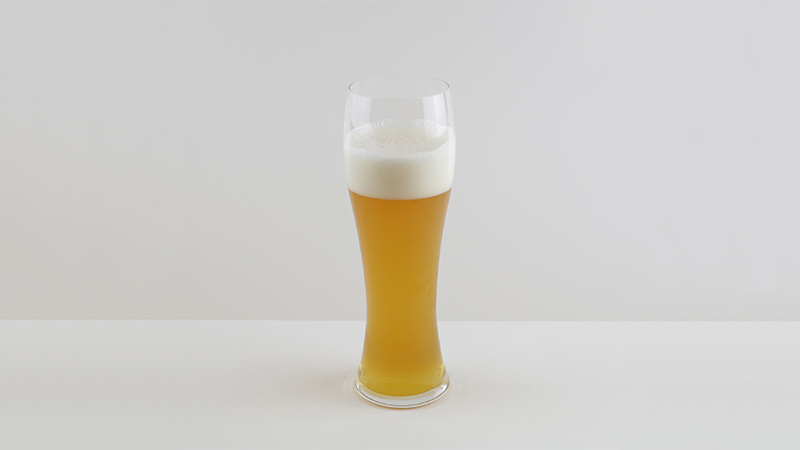
The German-style hefeweizen has long had its own glass, also referred to as a “vase,” thanks to its strong base, tall shape, and bulbous top section. This style of glass emerged because the bowed shape of the mouth allows the aroma to stay inside as you tip the glass, sticking your nose into the bulb, and bathing your nostrils in banana and clove aromas classic to the style. It’s O.K. if you get a little foam on your nose. In fact, we think it’s kinda cute.
The hefeweizen glass also works great with a dunkelweizen, a darker version of a weizen, or even the dunkel, a roasty, biscuity dark lager.
American Wheat Beer
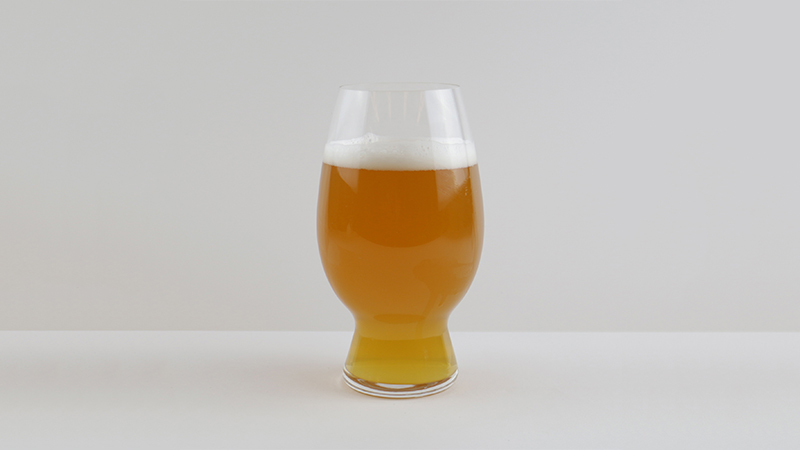
American wheat ales and Belgian-style witbiers are slightly different from their German parents. American wheat beers are hoppier, more refreshing, and skip those cloying banana-clove esters and phenols for a lighter, yeast-driven fruit and spice character, like Bell’s Oberon. Many brewers add ingredients like coriander and orange peel to spice things up, like Ommegang Witte or Allagash White.
To differentiate these wheats in vessel form, Spiegelau partnered with Bell’s Brewery of Kalamazoo, Michigan and a panel of industry experts, including John Mallet, Bell’s Brewing director of operations, to develop an updated version of the wheat beer glass. The (appropriately) bell shape enhances the floral and fruity aromas. Introduced in 2015, this glass is also suitable for Belgian witbiers.
Stout
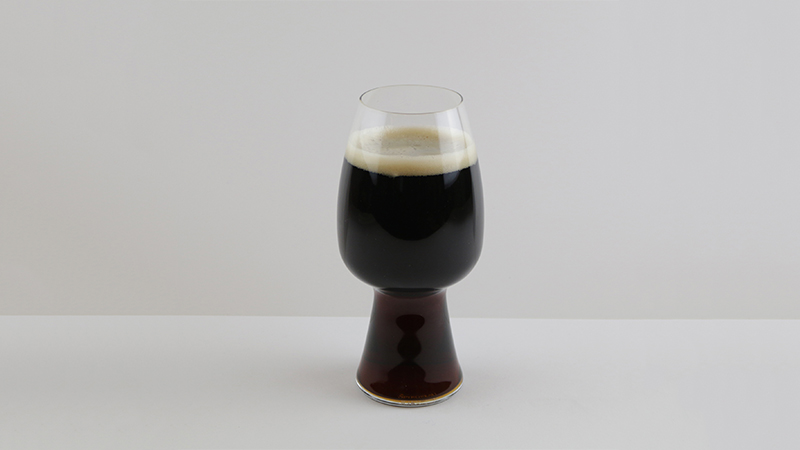
Stout has officially had its own glass since 2014. Spiegelau, in collaboration with Longmont, Colorado’s Left Hand Brewing and Newport, Oregon’s Rogue Ales and Spirits, considered hundreds of iterations before deciding on this glass, which aims to elevate the stout experience by accentuating coffee and chocolate notes while still being functional. Thanks to its indented base, the stout glass works especially nicely with nitro stouts, recreating a pour (and thus, creaminess) with each and every sip.
In lieu of an official stout glass, go for an imperial pint glass, or nonic pint. This latter name derived from the nickname “no nick” because the bulge at the top of the glass allows for easy holding and stacking abilities in the pub, therefore minimizing “nicks” and breakage. The shape also allows for better head retention than the American pint glass.
IPA
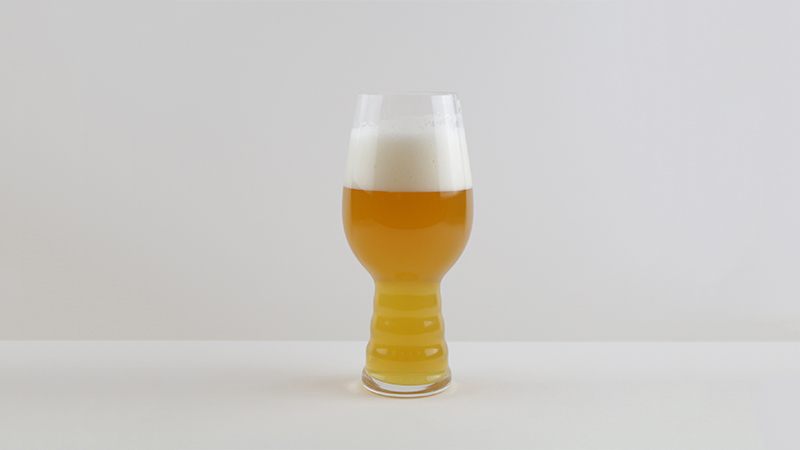
This is where things get a little bit … extra. To design a glass ideal for America’s favorite craft beer style, the IPA, in 2013 Spiegelau tapped Dogfish Head’s Sam Calagione and Sierra Nevada’s Ken Grossman (they’re big deals, FYI, having forged the path for today’s hop-forward beers) to help identify the very best vessel. The IPA glass is intricate: Like the stout glass, the base cuts in, indenting to capture beer at the bottom of the glass. But in the case of the IPA glass, beer in that section will pass through several ridges that ramp up aroma, while the wide open mouth awaits to capture those molecules and provide a space for a fluffy head. This allows you, the drinker, to take in all those fruity citrus and piney aromas while you gulp.
In the absence of an IPA glass, you’re always safe with a tulip glass. To nerd it up a notch, the Teku glass has risen in popularity in recent years, thanks to its exaggerated, more angular tulip-like qualities, long stem, and popularity among cult IPA brewers (it’s perfect for holding a full pour of that hazy 16-ounce double IPA).
Sour Beer
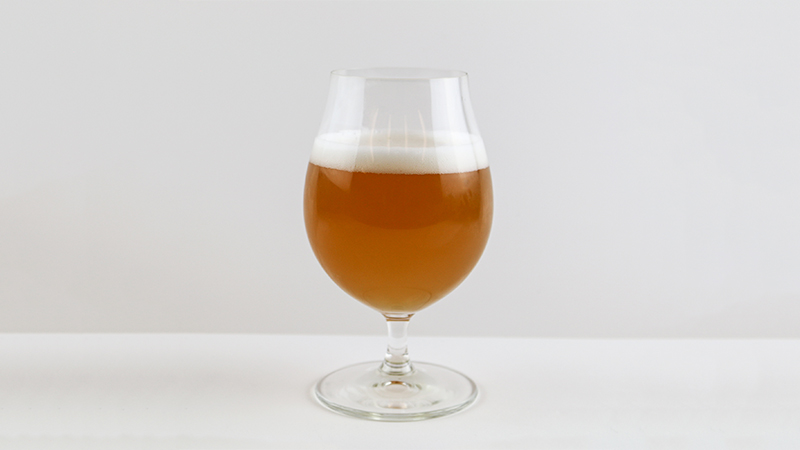
Sour ales do well in a goblet, but this is not really common practice in today’s breweries and beer bars. The universal tulip serves sours great, capturing and holding their aromas while allowing for head retention, all the while allowing you to fully take in the liquid’s aromas and acidity without warming them up with your hand. We also like sipping sours from a snifter, a much smaller glass, especially when we’re out of Tums.
Old Ales & Barleywines
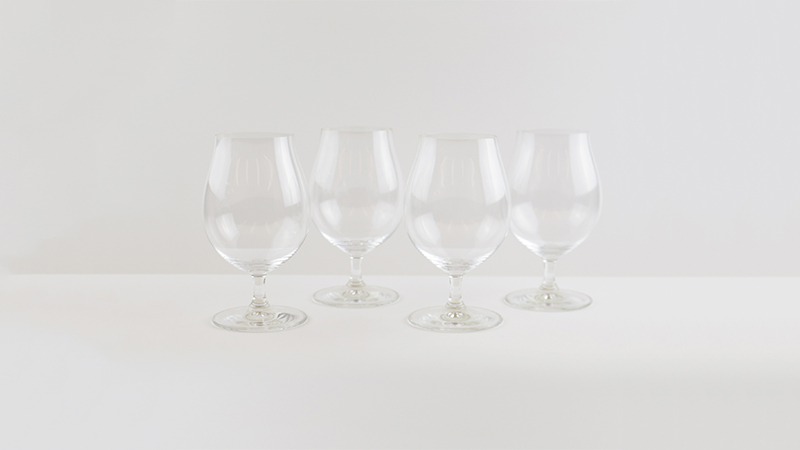
For big beers like barleywines, old English-style ales, and imperial stouts, meet the snifter. You may recognize this little guy as a fancy glass for sipping bourbon or other brown spirits. For the same reason it’s great for sipping spirits, the snifter is ideal for boozy, barrel-aged, or otherwise strong, malty-heavy brews that tend to pack a lot of alcohol heat, complex layers of malt flavor, and, in some cases, adjuncts to unpack (vanilla, cocoa, etc.). The short stem gives its holder a decent grip while allowing the fingers to touch the glass, helping to warm the beer and better deliver its aromas (in the case of big beers, a little warmth is good, helping to release aromas from the dense, heavy liquid).
If you’re going to choose one glass, your best bets are the tulip or Teku, which serve all styles quite well. Should you find yourself without any proper glassware options at all, the most important thing to remember is this: Make sure the glass is clean. Nobody wants a dirty beer.
